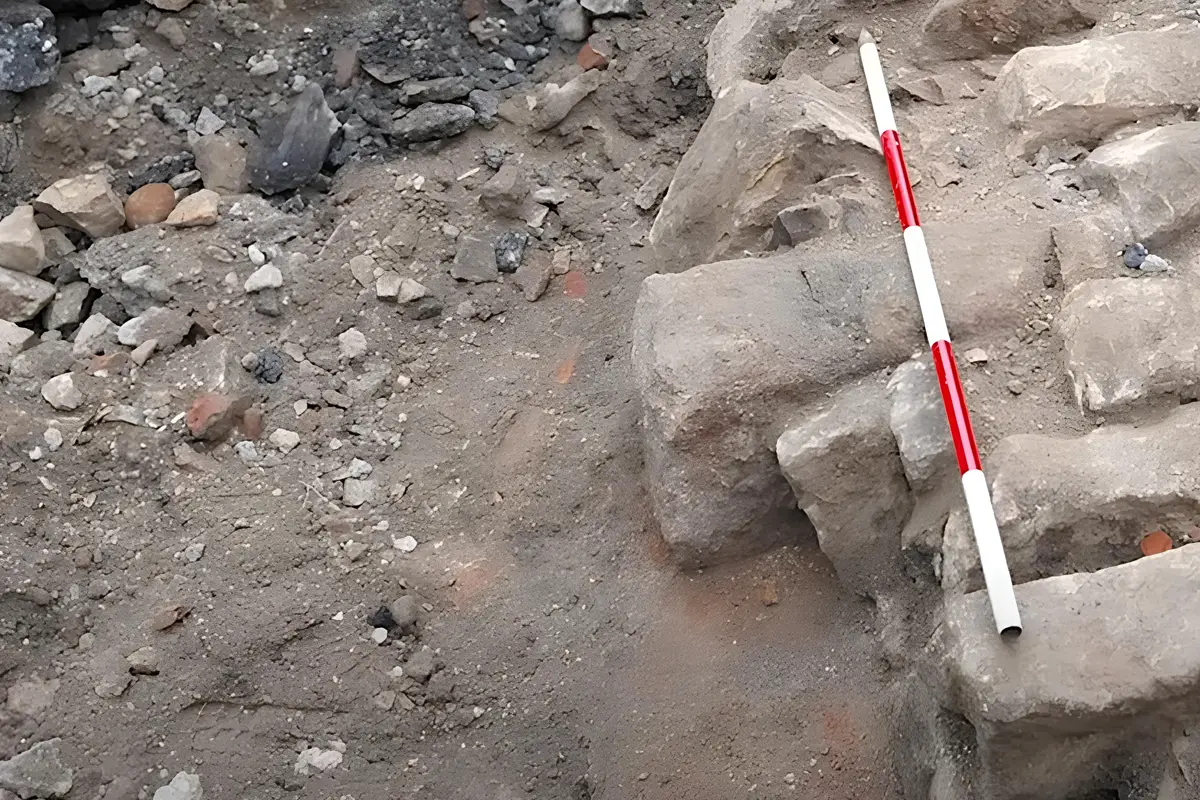A sinkhole that formed outside the York Theatre Royal has led to the discovery of what could be one of England’s largest medieval hospitals.
According to the City of York Council, the remains are believed to be part of the 12th-13th century St Leonard’s Hospital which stretched from the modern-day Museum Gardens to the Theatre Royal.
The hospital was constructed shortly after the Norman Conquest on the site of the former St Peter’s Hospital – founded by King Aethelstan of the Anglo-Saxons.
St Leonard’s Hospital was closely associated with the Minster and cared for the sick, the poor, the old and the infirm. It also fed the poor and the condemned, providing meals for the prisoners in York Castle, as well as maintained an orphanage.
Like many ecclesiastical buildings, the hospital fell victim to the English Reformation and was largely destroyed. This act left York without a hospital from the reign of Henry VIII until the construction of the York County Hospital in 1740.
In place of St Leonard’s Hospital, a Royal Mint was constructed, followed by a warren of residencies, yards and stables, which in turn were replaced by the Georgian streetscape.
Councillor Kate Ravilious, Executive Member for Transport said: “We knew that there is a lot of complex archaeology in the area dating back to the Roman legionary fortress.
Throughout the works we have been live to this while doing all we can to get off site as quickly as possible.”
The archaeological discovery was made during emergency repairs to the sinkhole. The findings have been recorded in accordance with CIfA (Chartered Institute for Archaeologists) standards, with images captured for further analysis.
Header Image Credit : City of York Council
Sources : City of York Council







